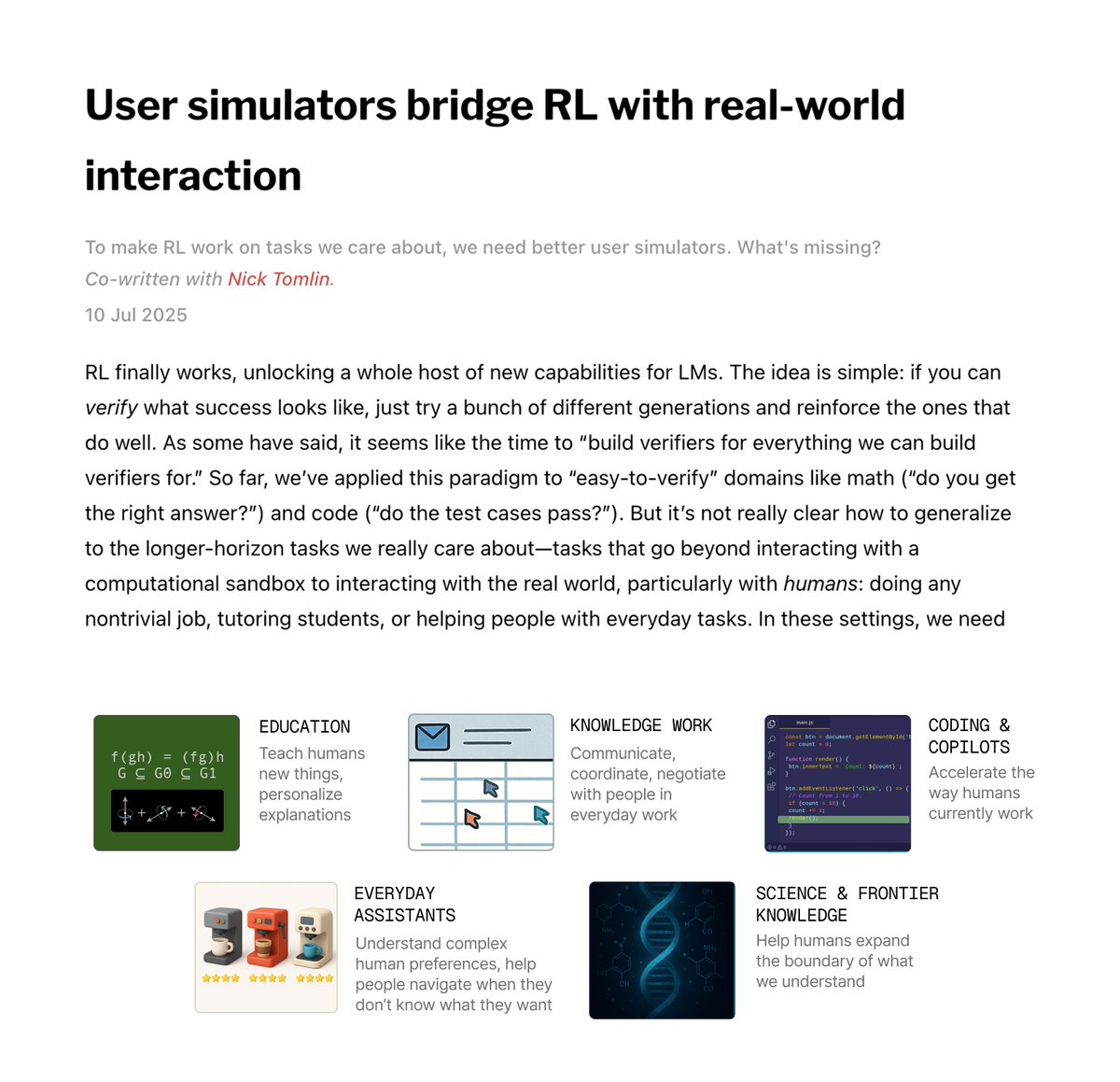
Kawin Ethayarajh
@ethayarajh
Postdoc at @PrincetonPLI. PhD @StanfordAILab. Behavioral machine learning. 🇨🇦
ID: 1111383753975160834
https://kawine.github.io/ 28-03-2019 21:45:10
1,1K Tweet
3,3K Followers
867 Following







Thrilled to announce that I will be joining UT Austin Computer Science at UT Austin as an assistant professor in fall 2026! I will continue working on language models, data challenges, learning paradigms, & AI for innovation. Looking forward to teaming up with new students & colleagues! 🤠🤘

















